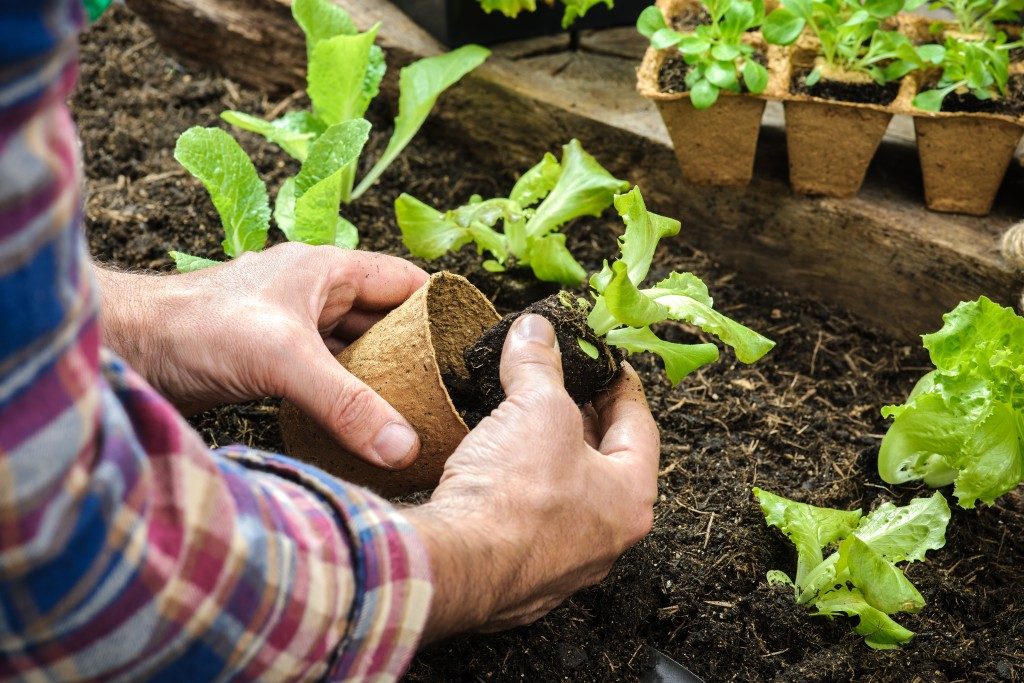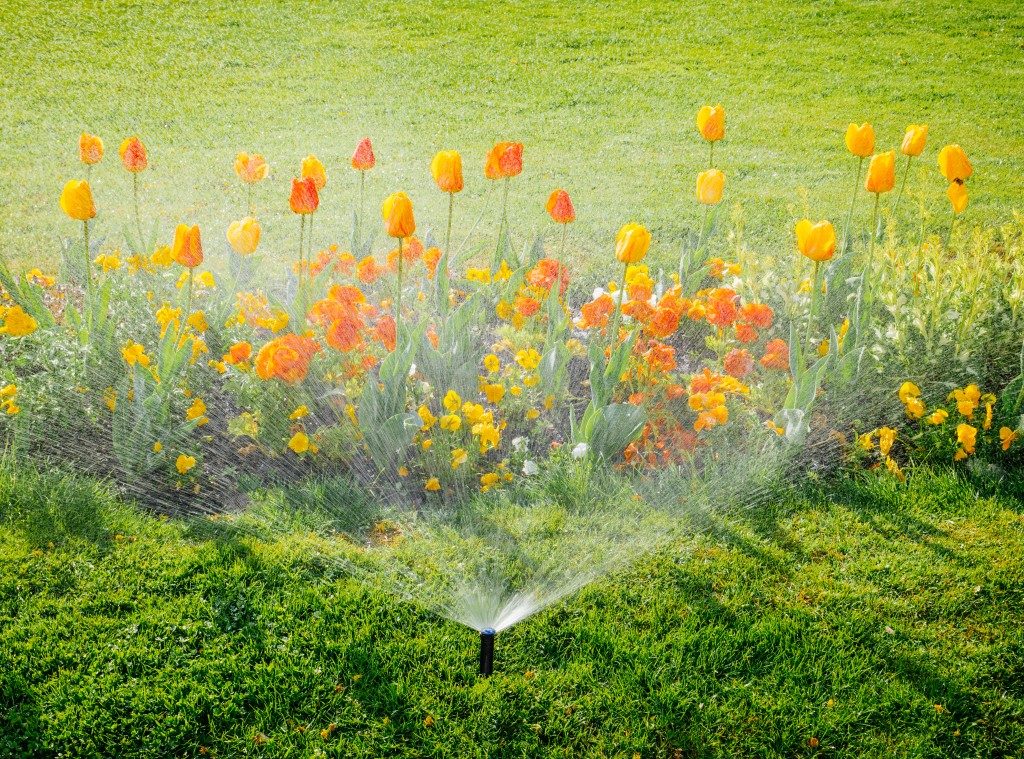Having organic plants in your lawn should be an integral part of any landscaping project. They breathe life into your backyard. They also give out oxygen which can help clean the air in the surroundings. Indeed, plant life should be the centerpiece of your design.
However, plants are not like other ornamental pieces such as statues, bird feeders, and other structures. They need continuous nourishment with sunlight and water. They should also be protected throughout the seasons. Professionals who offer commercial landscaping services in Jackson are aware of this, so they share some of the tips and special pointers on fertilization for the whole year.
Fertilization is a necessity for the welfare of plants. There are different types of fertilizers for every season so it is important to be aware of applying the right ingredient with the appropriate PH content at the right time.
Winter to Spring (January to March)
At the start of the year, it is the later winter months. The lawn should be given a light dose of fertilizer with the ingredients phosphorus, potassium, and nitrogen. Early spring is the right time to apply a pre-emergent herbicide. This will help prevent the crabgrass and the broadleaf weeds that appear during summer. These weeds interfere with the seeds’ root system and prevent them from sprouting.
Spring to Early Summer (April to June)
After applying light fertilizer in the spring, you can transition to an increased amount of fertilizer. Experts also recommend the second application of herbicide. This is because the herbicide can be worn out by light and water. A single application would not last until the growing season.
In the latter days of May, a light dose of slow-release fertilizer should have nutrients like iron, copper, magnesium, and boron. These are alternatives that can boost the nitrogen applied earlier.
Summer to Early Autumn (July to September)
Summer can present a quandary for your lawn. If the soil needs additional nutrients, you can administer more slow-release fertilizer. The other option is to just apply lime. Another recommendation from the experts is the application of Solu-Cal, which can adjust the pH of the soil. The ideal pH level is 6.5 to 7.
Another concern for the summer is irrigation. Experts would suggest a container drip irrigation system since it will ensure that the plants will not dry out even in the hot summer months. You can also use this irrigation solution if you are leaving for a summer getaway. The system can cover one day of watering for your plants.
Autumn to Winter (October to December)

The emphasis for the autumn months is higher nitrogen and phosphorus for root growth and seed germination. This is to be applied during aerating and overseeding. This will ensure that the lawn recovers from aeration that results in effective sprouting.
The last treatment before the winter contains higher phosphorus and potassium for the warm grasses. For the cool season grasses, nitrogen is the essential nutrient.
Plants require more care than non-organic ornaments. Fertilizers and herbicides are part of the required component. However, most landscapers will take up the challenge as they know that plants are definitely worth any effort exerted on them.
